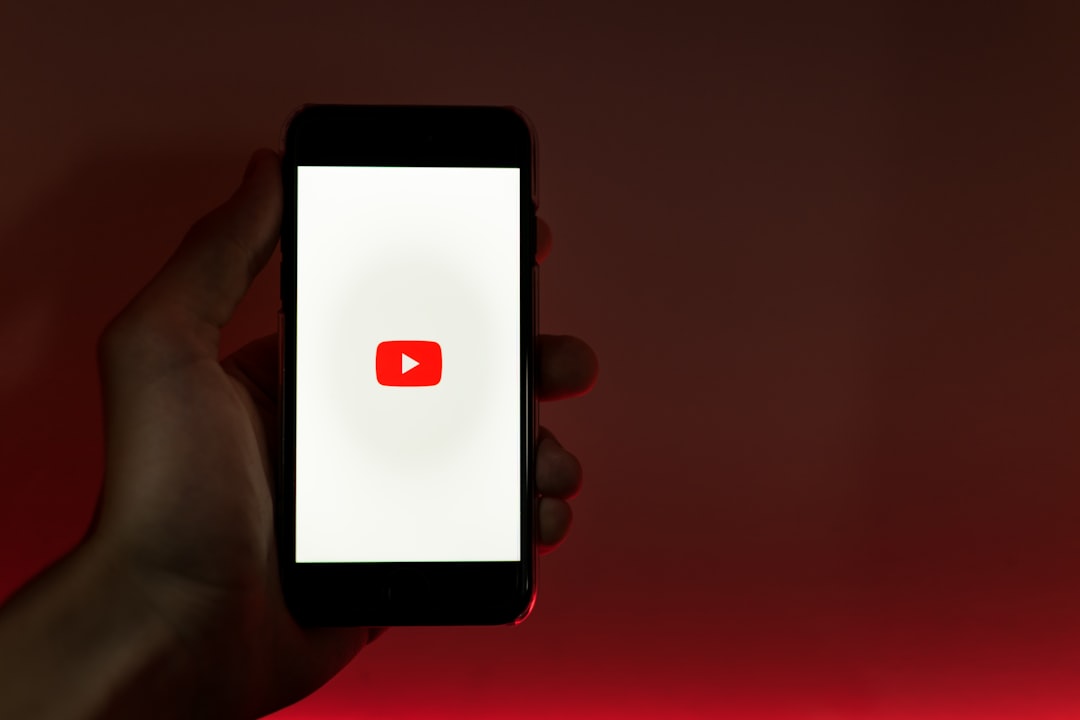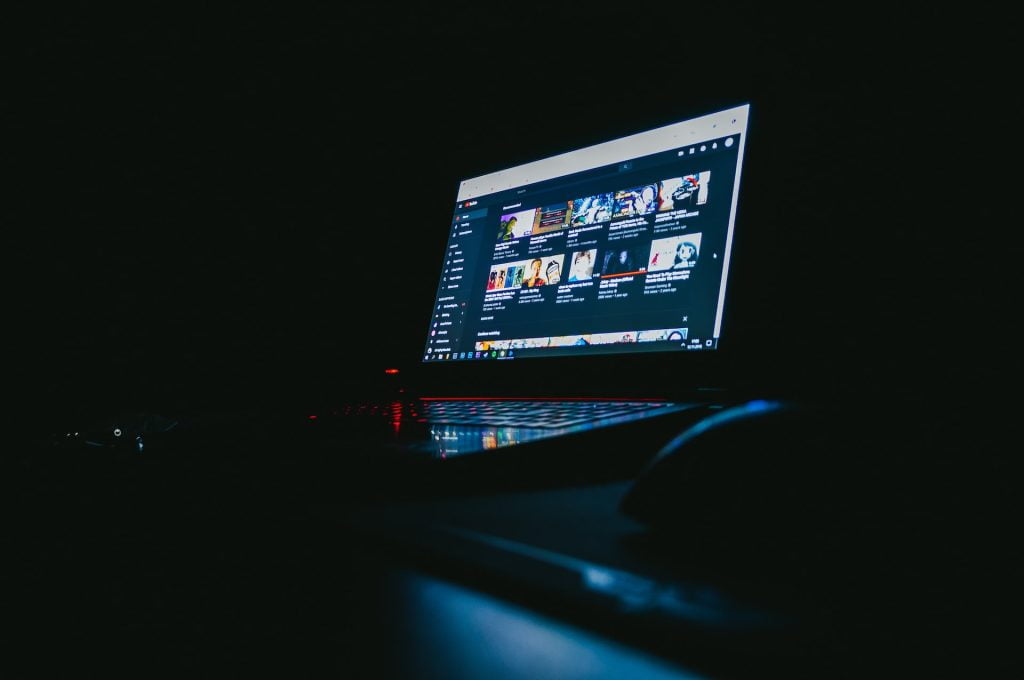Are you looking for the right sample to take your track to the next level?
Look no further than Youtube.
It’s an untapped source of sampling inspiration. From rare gems to classic hits, Youtube is full of samples just waiting to be used in your next masterpiece.
In this guide, we’ll look at how to sample from Youtube, from setting up and finding samples, to extracting them and using them legally and ethically.
Keep reading to find out how you can create amazing tracks with this incredible resource!
Why Sample from Youtube?
Whether you’re just starting out or have been producing for years, sampling from Youtube can help your creative process.
With millions of videos spanning all genres and eras, Youtube is a goldmine of inspiration. You can find whatever sound you’re looking for with relative ease — from vintage funk drums to classic hip-hop vocal chops.
Plus, sampling from Youtube gives you access to sounds that may have been difficult or expensive to get elsewhere.
But before you start working on your next beat, you’ll need to set up a few things first.
Overview

Sampling from YouTube is easy and fast. Here’s how it works:
First, you need to find the video or sound clip that you want to use. You can browse through the vast library of content available on Youtube, or use a third-party service to search for specific videos.
Once you’ve found what you’re looking for, you need to download it.
Finally, you can import samples into an audio editing tool and start tweaking!
With a few simple steps and some creative ideas, sampling from Youtube can unlock a whole new world of sound design possibilities.
Get ready to explore the tools needed to sample from Youtube in our next section!
Tools Needed to Sample From Youtube
The first thing you’ll need is a Digital Audio Workstation (DAW). This will help you edit and manipulate your samples.
You can use a feature-rich program like Ableton Live, FL Studio or Logic Pro X. Alternatively, you can use simple audio editing tools like Audacity or AudioMass.
Next, you should also look into a third-party service that allows you to download audio from videos quickly and easily.
The tool you use must have the ability to Make sure the tool either downloads or converts audio in either MP3 or WAV format so it’s compatible with your DAW.
With these tools at your disposal, sampling from Youtube will be easy!
How to Find Samples on Youtube
Preparation is key when it comes to finding samples on Youtube.
Be sure to plan out what you want to sample and how you want to manipulate it. This can make a big difference in the quality of your finished product.
Take some time to explore different genres and get familiar with the type of sounds that appeal to you.
Next, search YouTube with relevant keyword phrases. To find videos you can use legally, filter the results to show content with Creative Commons licenses which allow certain types of media (including audio) to be used freely in your projects.
If you need help finding obscure channels to dig from, try using Crate Stash. It’s a database of online digging spots with rare sampling material.
Once you have found something suitable, it’s time to start downloading.
Extracting Samples from Youtube Videos
Before you can use the audio you find on YouTube, you need to convert it into a usable audio file format.
With videos from YouTube, you’ll most likely download the audio as an MP3 file.
But before downloading audio from any YouTube video, make sure that you have the permission of the original artist or copyright holder before using their material. This means that you should always double-check for permission before using any sample, and make sure to credit where due, especially with commercial recordings.
Once you have permission, the next step is to download the samples.
There are several different ways to do this, depending on your specific needs. If you’re looking for basic audio clips, you can use third-party services or a specialized Youtube downloader. Search online for a service that allows you to extract audio from YouTube videos.
Then, once you’ve downloaded the audio in your chosen format, you can edit it in your DAW.
Editing and Manipulating Samples in Your DAW
With the right tools and knowledge, you can take a sample from Youtube and turn it into something completely different!
The first step is to import the audio into your DAW. Next, trim the audio so that it contains just the portion of audio that you want to sample. Finally, chop and manipulate the sample to achieve your desired result.
Once you’re finished, you can export the sample and use it in any new project.
Exporting samples for use elsewhere
Exporting the finished sample is the final step in the sampling process.
To make sure your sample sounds perfect, it’s important to choose the right format and settings. When exporting the sample, most DAWs will allow you to select a variety of formats like WAV or MP3. You can also adjust settings like bit-depth and sample rate to ensure that it has a high quality sound.
Once you’ve selected the appropriate format and settings, simply click “export” and you’re ready to use your sample elsewhere! Just remember to save your session so that all of your hard work doesn’t go to waste.
With just a few clicks, you can have a professional-sounding sample ready for use in any project or performance — how cool is that?
Best Practices for Using Sampled Material Ethically and Legally
Sampling from YouTube is a great way to add unique sounds and textures to your music, but it’s important to use sample material ethically and legally.
Before you download from YouTube, make sure that you have the right license or permission from the original artist or copyright holder.
Additionally, be sure to give credit where it’s due – listing the original artist in your liner notes is an easy way to do this.
When including samples from YouTube videos, always double-check that the uploader has given permission for their work to be used for commercial purposes. It’s also important to recognize that some samples may require additional payments such as royalties or licensing fees.
Finally, be mindful of how much material you are using from any source. Avoid taking entire sections of another track without permission as this can constitute copyright infringement.
By following these best practices when sampling, you can ensure that your music is created and shared ethically and legally!
